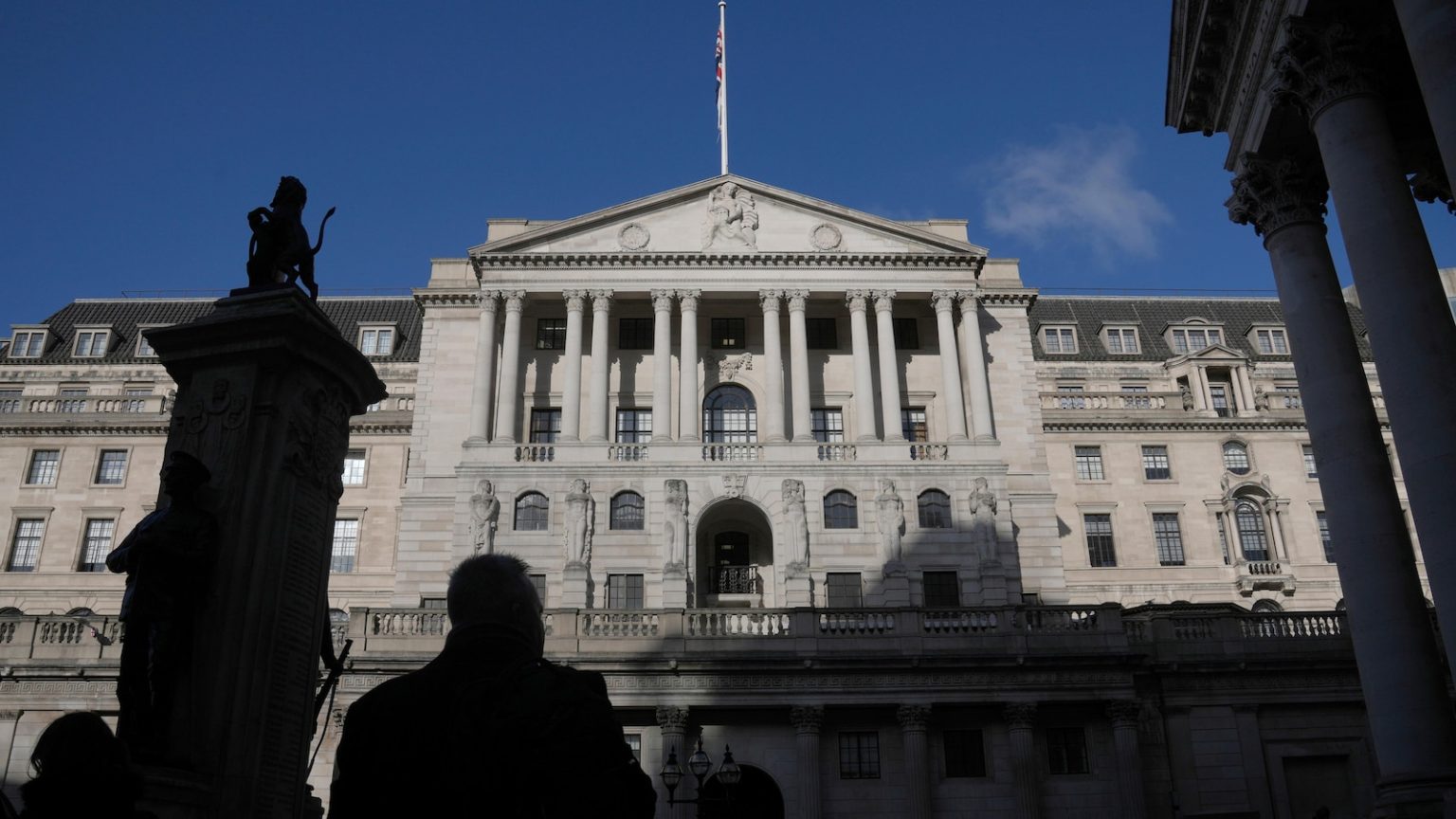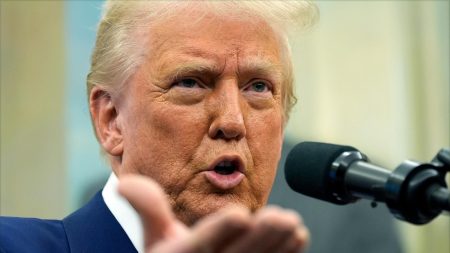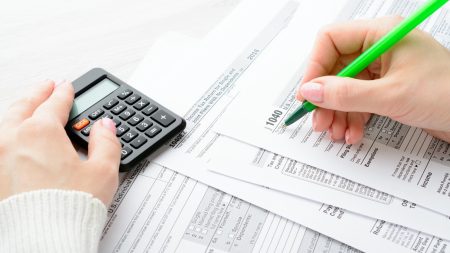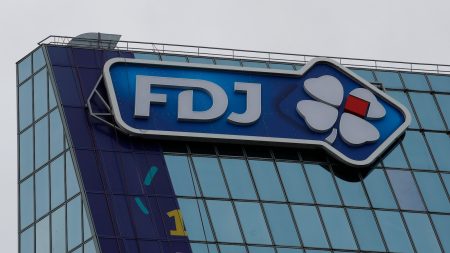Navigating the UK’s Economic Landscape: Inflation, Growth, and Policy
1. UK Inflation Surges to a 10-Month High: What This Means
The UK’s inflation rate climbed to a 10-month high in January, reaching 3% as measured by the Consumer Prices Index (CPI). This increase has significant implications for the nation’s economic policy and offers insights into the challenges ahead. With inflation exceeding the Bank of England’s 2% target, the surge raises questions about future interest rate adjustments. The rise from December’s 2.5% reflects higher costs in airfares, food, and private education, influenced by the new Labour government’s introduction of a sales tax. This situation presents a complex scenario for policymakers aiming to balance economic growth and price stability.
2. The Key Drivers Behind the Inflation Spike
The inflation surge is attributed to several factors, including higher airfares, food prices, and private school fees. These increases are partly linked to the Labour government’s sales tax implementation, affecting household budgets and business costs. Understanding these drivers is crucial for crafting policies that address both inflation and growth. While some increases are seasonal, the underlying trend suggests broader economic pressures that require careful management.
3. Economists React: Surprises and Concerns
Economists anticipated a rise in inflation but were surprised by the scale of the increase to 3%. This unexpected jump has sparked concern among policymakers, particularly as the Bank of England grapples with sluggish economic growth. The recent interest rate cut to 4.50% and halved growth forecast for 2025 indicate the Bank’s cautious approach. Experts like Luke Bartholomew from abrdn suggest that further rate cuts may be limited in the near term, dependent on inflation trends.
4. The Labour Government’s Growth Challenge
The Labour government faces a significant challenge in achieving its growth objectives, crucial for enhancing living standards and funding public services. Despite efforts, growth remains elusive, impacting the government’s popularity since taking office in July. The interplay between inflation control and growth stimulation is delicate, with policymakers seeking a balance that fosters economic health without exacerbating price increases.
5. The Road Ahead: Interest Rates and Future Prospects
Looking ahead, economists predict potential further inflation increases due to rising energy costs, followed by a possible decline in the second half of the year. This could provide the Bank of England with the flexibility to consider additional rate cuts, though the pace may be gradual. The strategy will depend on inflation’s trajectory toward the 2% target, emphasizing the need for vigilant monitoring and adaptive policy responses.
6. Conclusion: Navigating the Economic Landscape
The UK’s economic landscape is marked by the dual challenges of curbing inflation and spurring growth. The recent inflation surge underscores the complexities faced by both the Bank of England and the Labour government. As policymakers navigate this terrain, they must consider the human impact of economic decisions, ensuring measures that support both stability and prosperity. The path ahead requires a balanced approach, leveraging data and expert insights to guide decisions that benefit all stakeholders.















